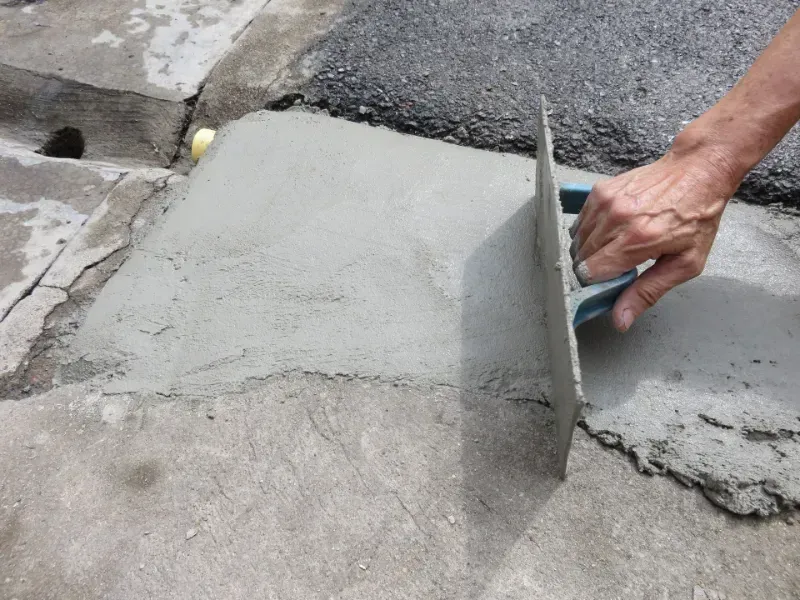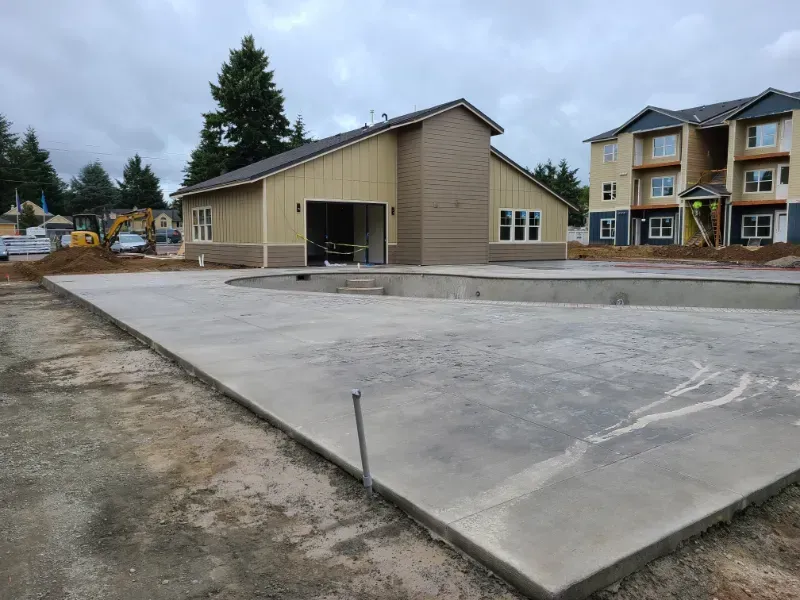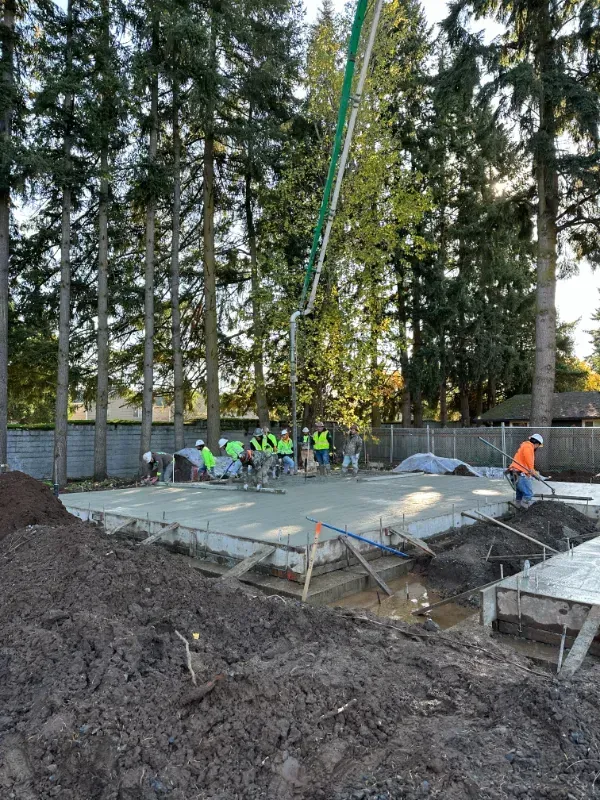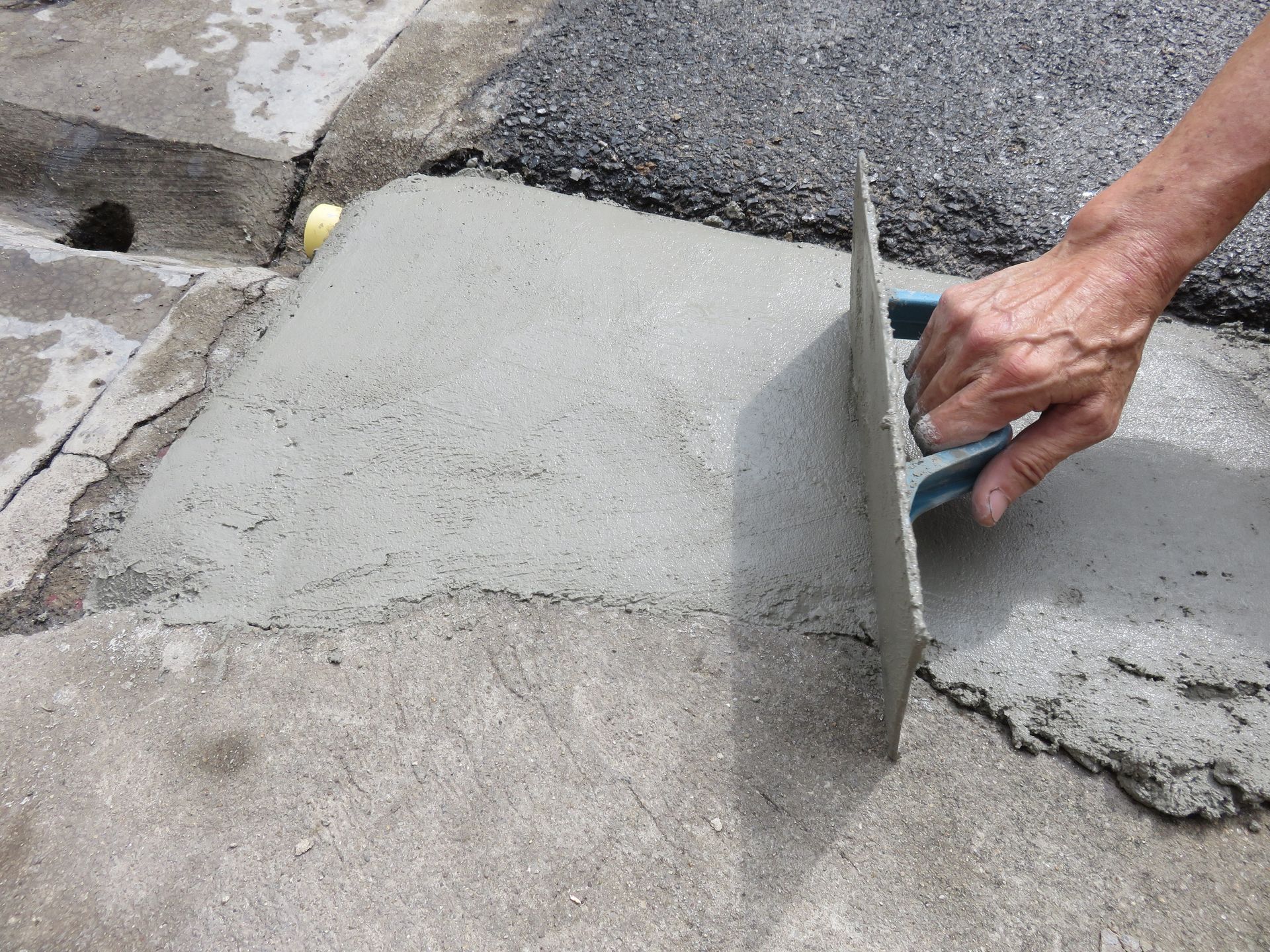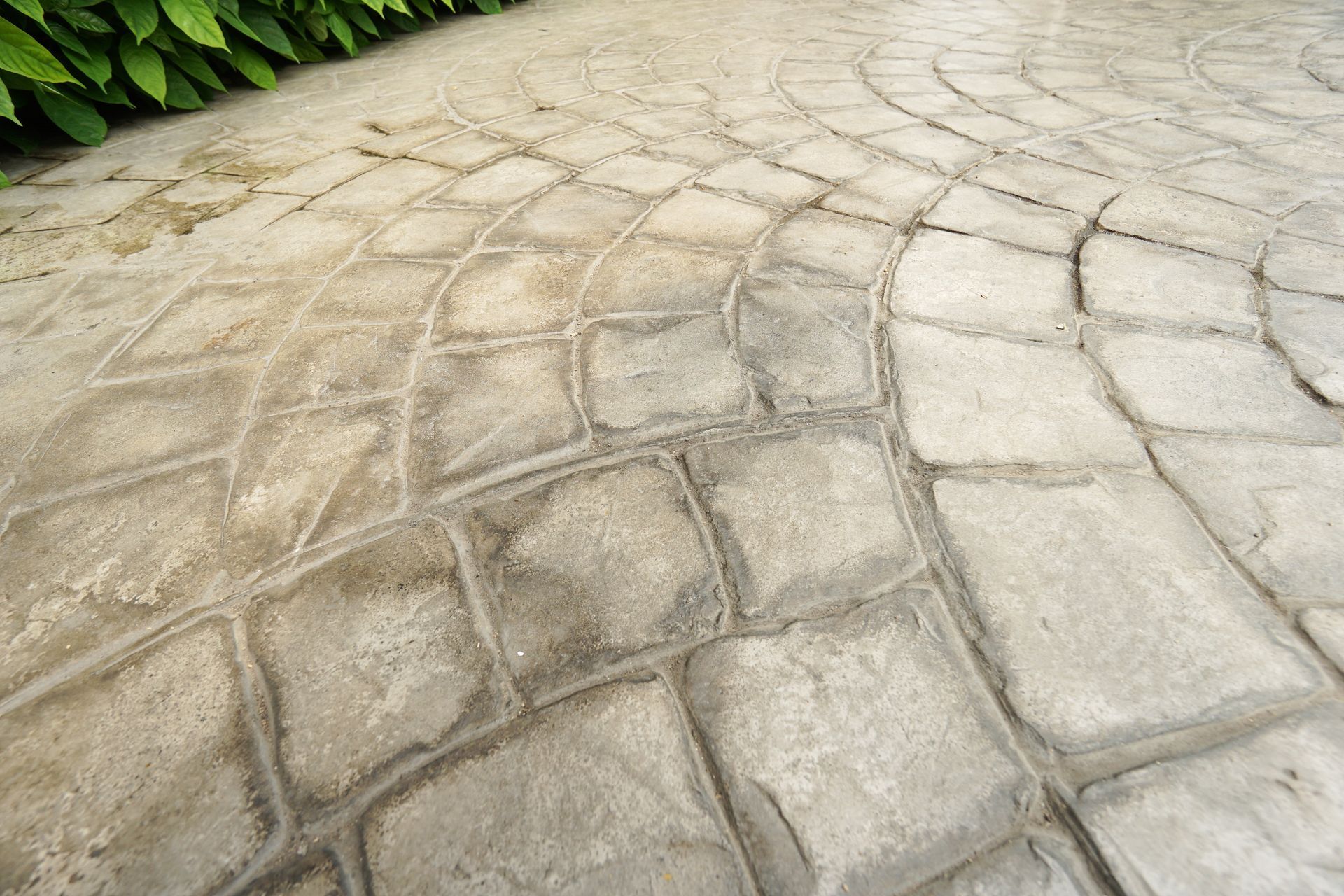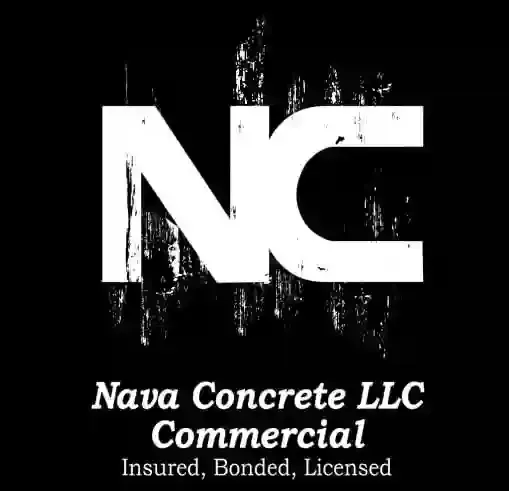Why Reinforcement Matters for a Strong Concrete Foundation
Understanding the Basics of Concrete Foundations
A concrete foundation serves as the essential support for any structure, ensuring long-term stability and strength. From residential homes to commercial buildings, it bears the weight and provides a solid base. However, concrete alone can be vulnerable to cracking under tension or bending forces, which can compromise its integrity over time.
To prevent this, reinforcement is key. By incorporating steel rebar or wire mesh, you create a robust, flexible structure that can withstand shifting soil, heavy loads, and the natural settling process. A reinforced concrete foundation is the cornerstone of durability, ensuring your investment stands the test of time.
The Importance of Reinforcement in Concrete Foundations
Reinforcing a concrete foundation is essential for ensuring its long-term performance and durability. Typically, this involves embedding materials such as steel rebar or mesh to enhance the foundation’s strength. While concrete is excellent at handling compression, it struggles under tension, which is where reinforcement becomes crucial.
By combining the inherent compressive strength of concrete with the tensile strength of reinforcement, the foundation gains the ability to endure higher loads and resist external pressures. Whether you're building on unstable soil or need to support heavy structures above, proper reinforcement ensures your concrete foundation remains strong, resilient, and reliable for years to come.
The Role of Steel Rebar in Concrete Foundations
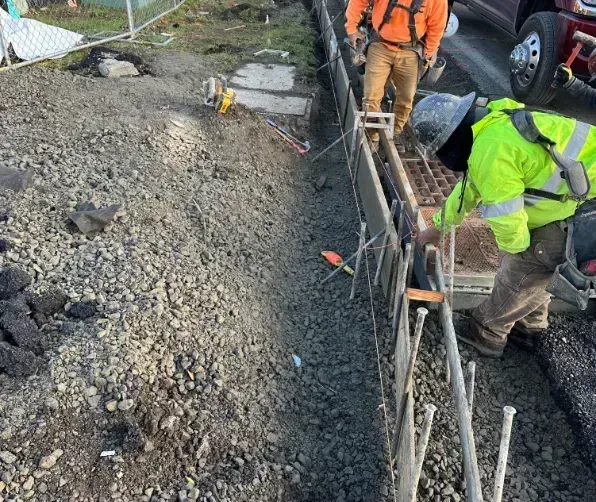
Steel rebar is the preferred reinforcement for concrete foundations due to its exceptional tensile strength. Acting as a structural framework, rebar prevents cracking and failure caused by shifting or settling, ensuring the foundation’s integrity. The key to rebar’s effectiveness lies in its bond with concrete; the rough surface allows for a strong grip as the concrete cures, creating a cohesive, durable structure. Whether for residential foundations or high-rise buildings, steel rebar plays a crucial role in providing the strength needed for long-lasting stability.
How Reinforcement Improves Structural Integrity
Reinforcement is what turns a concrete foundation from merely functional to exceptionally durable. By embedding steel or mesh, you create a foundation that can handle dynamic forces without cracking under pressure. The reinforcement ensures that stress is evenly distributed, helping buildings maintain stability and safety, even under shifting or uneven loads.
Think of reinforcement as the secret ingredient to a strong structure. It not only prevents failure but also extends the foundation’s lifespan, ensuring your investment stands the test of time. With reinforced concrete, your foundation is built to endure, offering peace of mind for years to come.
Types of Reinforcement Used in Concrete Foundations
When it comes to reinforcing a concrete foundation, selecting the right material is crucial for durability and performance. Here are the most common types of reinforcement used in concrete foundations:
- Steel Rebar: The most widely used option, providing superior tensile strength for large-scale and heavy-duty applications.
- Welded Wire Mesh: Ideal for smaller projects like residential slabs, offering added support for crack prevention.
- Fiber Reinforcement: Available in steel, glass, or synthetic materials, mixed directly into the concrete to enhance crack resistance and durability.
The type of reinforcement used depends on factors like the project’s size, load-bearing requirements, and environmental conditions, ensuring your concrete foundation stands strong for years.
Preventing Cracks and Failure with Proper Reinforcement
Cracks are the Achilles' heel of any concrete foundation. Even small cracks, if left unchecked, can expand over time, allowing moisture to infiltrate and cause further damage. Reinforcement plays a critical role in preventing these issues by evenly distributing stress and minimizing the potential for cracks.
A well-reinforced concrete foundation doesn’t just protect against cosmetic damage; it ensures the long-term strength and stability of your structure. With proper reinforcement, your foundation can withstand temperature shifts, soil movement, and heavy loads, remaining solid and secure for years to come.
The Importance of Reinforcement in Load-Bearing Structures
Load-bearing structures exert significant pressure on a concrete foundation, and without proper reinforcement, this stress can lead to cracks, uneven settling, or even catastrophic failure. Materials like steel rebar are essential, as they absorb the tension forces that concrete alone cannot manage, enhancing the foundation’s ability to withstand heavy loads.
Whether for homes, commercial buildings, or bridges, reinforcement ensures the concrete foundation can handle immense weight and remain stable. By distributing stress evenly and preventing failure, it guarantees the foundation’s longevity, protecting the structure for decades to come. A strong foundation truly supports everything built on it.
How Reinforcement Helps Concrete Withstand Environmental Stress
A concrete foundation endures constant stress from environmental forces such as freeze-thaw cycles, shifting soil, and moisture. Without reinforcement, these pressures can lead to cracks and structural instability, weakening the foundation over time.
Reinforcement, like steel rebar and fiber materials, strengthens the concrete by absorbing stress and preventing damage from temperature fluctuations and moisture penetration. This added durability ensures that a reinforced concrete foundation can withstand challenging conditions and maintain its integrity, offering long-term reliability no matter what the environment throws its way.
Common Mistakes in Reinforcing Concrete Foundations
A concrete foundation can only perform as well as its reinforcement, and improper installation can lead to costly failures. Common mistakes, such as using insufficient or poorly spaced rebar, can undermine the foundation's structural integrity, while inadequate securing of reinforcement during the pour can cause it to shift and lose effectiveness.
For the reinforcement to function properly, it must be fully encased in the concrete, ensuring no exposure to moisture that could cause rust and deterioration. By avoiding these errors, you ensure your foundation remains strong, stable, and durable for years to come.
Ensuring a Strong Foundation: Best Practices for Reinforcement
Reinforcing a concrete foundation requires careful planning and attention to detail. Begin by selecting the appropriate reinforcement materials, such as steel rebar, wire mesh, or fibers, based on the specific demands of your project. Proper placement and secure tying are crucial to ensure the reinforcement stays in position during the pour.
Equally important is the use of the correct concrete mix and curing methods to ensure long-term strength. When done right, this partnership between concrete and reinforcement guarantees a solid foundation that will stand the test of time. For expert concrete foundation services, contact Nava Concrete LLC in Vancouver at (360) 721-8093.
CONTACT US
You can also find us here:
QUICK MENU
All Rights Reserved | Nava Concrete LLC


